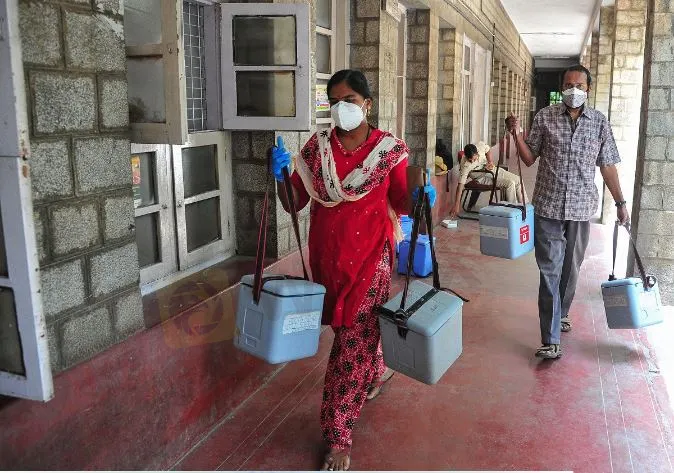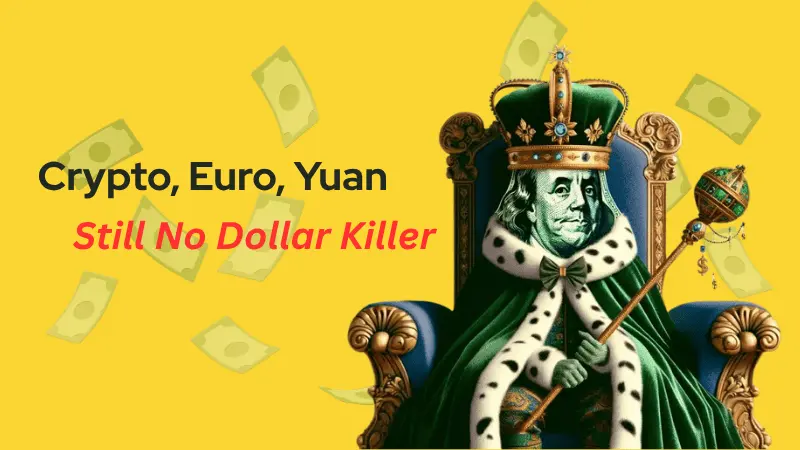简体中文
繁體中文
English
Pусский
日本語
ภาษาไทย
Tiếng Việt
Bahasa Indonesia
Español
हिन्दी
Filippiiniläinen
Français
Deutsch
Português
Türkçe
한국어
العربية
‘Decision for Decision’s Sake’: What Explains India’s Boosters-for-All Policy?
Abstract:Inconsistencies between independent experts, government officials and the PM dog the Union health ministry’s decision to expand India’s COVID-19 booster-dose drive.
On April 8, the Ministry of Health and Family Welfare announced that all eligible adults – i.e. people older than 18 years – will be able to receive booster doses for COVID-19 from April 10. The move is the latest expansion of the countrys COVID-19 vaccination drive, which commenced on January 16, 2021, and has since fully vaccinated 83 crore people as well as has delivered booster doses to 2.28 crore people.
Prime Minister Narendra Modi had announced on December 25, 2021, that the drive would be expanded from January 3, 2022, to include young adults (15-18 years) and from January 10 to avail booster doses to those older than 60 years and to frontline and healthcare workers. The announcement was unexpected, in part because questions on the need for booster doses in a country with very high seroprevalence (i.e. presence of antibodies owing to exposure to the virus) have never been settled.
Modi‘s words were also unexpected because just a week earlier, on December 17, Vinod K. Paul, the man in charge of India’s COVID-19 vaccination drive, had said the country would focus first on fully vaccinating all eligible adults before rolling out booster doses. That hadn‘t happened by December 25 – and hasn’t even until now. Additionally, 24 hours before the announcement, health ministry officials had said they hadn‘t had a chance to finish studying Covaxin’s response against the omicron variant.
Indeed, inconsistencies like this between independent experts, government officials and the prime minister himself dog the Union health ministry‘s decision yesterday to render India’s entire adult population to be eligible for booster doses.
The first, and perhaps foremost, such issue is that the decision to expand the booster dose programme is the second instance of a prime-ministerial announcement sidestepping the view of a government body he set up, to determine which vaccines should be included in the vaccination and booster drives.
A source at the National Technical Advisory Group on Immunisation (NTAGI) told The Wire Science that the body never discussed the need for booster doses in India, among various population groups, because the item was never listed in its internal agenda. So the question of whether it approved or rejected the idea is moot.
Thus far, all vaccine-manufacturers have had to have their vaccines approved by the Drug Controller General, by law, and subsequently by NTAGI, as a matter of the governments process during the pandemic, before it could become part of the vaccination drive – with one exception.
On March 14, the Union health ministry announced its approval for the use of Corbevax, a COVID-19 vaccine manufactured in India by Biological E, among young adults aged 12-14 years without NTAGIs clearance.
Jayaprakash Muliyil, a former professor of community medicine at the Christian Medical College, Vellore, and a member of NTAGI, also told The Wire Science at the time that the nodal decision-making group within NTAGI hadnt yet developed a final view on Corbevax because it lacked “post-omicron data”.
The Wire Science wrote at the time, “The Centre‘s decision to skip NTAGI’s approval for Corbevax deprives the vetting process of three levels of checks, including by subject experts.” The new decision to expand the availability of booster doses inherits the same problem – as well as another form of expertise neglect.
Who are the recipients?

Mulilyil has said before that booster doses are not required for entire populations – as have the WHO, the Indian Medical Association and virologist Gagandeep Kang. The last three have said booster doses can be rolled out to those older than 60 years, those whose jobs entail high exposure to the virus (frontline and healthcare workers) and to people with compromised immune systems.
On the other hand, Virologist Shahid Jameel has noted the omicron variants ability to reinfect people – i.e. after they have been naturally infected before – and has stressed on the need for booster doses in this context.
However, Jameel has also advocated for the use of an heterologous booster regimen, also known as ‘mix-and-match’ boosting. In this regime, a person who has been fully vaccinated with Covaxin will receive Covishield, and vice versa. On December 27, 2021, Economic Times had also quoted an unnamed government official saying the government might recommend a heterologous booster regimen based on a “soon to be released” study. It is yet to be released.
Indias policy is homologous, however: those who have received Covaxin will also be boosted by Covaxin, and similarly for Covishield.
(Fewer than 1% of recipients in India have received the Russia-made Sputnik V vaccine. Also, as of 9 am on April 9, 2022, the CoWIN dashboard didnt display the number of vaccines administered by name.)
Disclaimer:
The views in this article only represent the author's personal views, and do not constitute investment advice on this platform. This platform does not guarantee the accuracy, completeness and timeliness of the information in the article, and will not be liable for any loss caused by the use of or reliance on the information in the article.
Read more

Crypto, Euro, Yuan: Still No Dollar Killer
Despite frequent “de-dollarization” headlines, the U.S. dollar remains unrivaled due to unmatched market depth, global usability, and trusted legal/institutional frameworks. Crypto and other currencies (euro, yuan) lack the stability, convertibility, and infrastructure required to replace the USD, while the Fed’s credibility and the scale of U.S. financial markets continue to anchor demand. Bottom line: no alternative currently offers a complete, credible substitute for the dollar’s global role.

100% Tariff Incoming: Trump Announces November Hike on China
The U.S. will impose an additional 100% tariff on Chinese imports starting Nov. 1, 2025—potentially earlier—alongside new export controls on “critical software,” escalating tensions after Beijing’s rare-earth curbs, new port fees, a Qualcomm probe, and a halt to U.S. soybean purchases. Stocks fell on the news. Key context: some U.S.-China tariffs remain paused until Nov. 10, a Supreme Court case could reshape Trump’s tariff authority, new U.S. duties on cabinets (Oct. 1) and wood products (Oct. 14) are in force, and a pause on Mexico tariffs is set to end next month.

What is NFP in Forex? An Insightful Guide for Traders
The Non-farm Payroll (NFP) report may be for the US. However, the report, which is issued every month, impacts the forex market globally. The monthly report estimates the number of jobs gained in the US in the previous month. The job numbers stated on this report exclude those of farms, private households, and non-profit organizations. Usually released on the first Friday of the month, the report also includes the US unemployment rate, average hourly earnings, and participation rate. In this article, we have answered the question - what is NFP in forex - and shared other pertinent details. Read on!

Fed Rate Cuts May Not Happen in July, Markets Await Policy Meeting Minutes Release
Federal Reserve officials had a meeting on June 17-18 during which some of them expressed a fall in interest rates in July. However, a lot of policymakers are still worried about the inflationary pressures that might emerge from US President Donald Trump’s import tariff decisions aimed at changing global trade. So, it seems the rate cut may not happen in July. Read this to know more.
WikiFX Broker
Latest News
Voices of the Golden Insight Award Jury | Tim Waterer, Chief Market Analyst of KCM Trade
Stonefort Securities Review: A Fair Look at Safety, Rules, and What Traders Say
Trump asks for meat packer probe over beef prices
Prop Firm Scams: When ‘Getting Funded’ Costs You Everything
PINAKINE Broker Review: A Complete Look at Its Services and Risks
One-Click Access to Broker Official Group Chats & Exclusive VPS Benefits
Consumer sentiment nears lowest level ever as worries build over shutdown
Uniglobe Markets MT4 Review: A Complete Look at Features, Costs, and Important Safety Issues
Is PINAKINE Broker Safe or a Scam? A 2025 Complete Review
Easy Money Doesn't Exist! High-Return Promise Turned into an RM44,000 Scam
Currency Calculator




